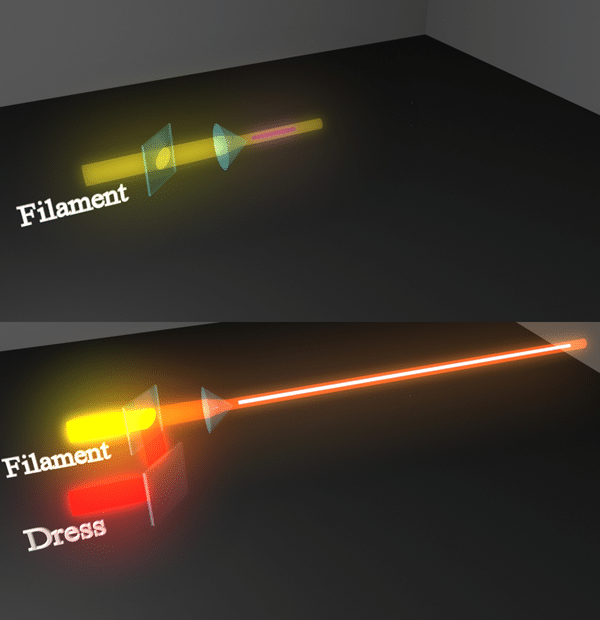
A new next-generation protection system could remove the need for lightning rods and other mitigation measures by preventing lightning strikes from hitting a building entirely.
Researchers at the University of Arizona and University of Central Florida have developed a new technology capable of changing the path of lightning bolts using high-energy laser beams. According to the scientists, these beams of high-intensity light strip electrons from molecules in the air, ionizing them and leaving a channel of plasma in their wake. Such plasma channels are attractive to lightning bolts, which see them as a path of least resistance to the ground.
However, in order for the concept to work, researchers first needed to first overcome a major obstacle to firing lasers at the distances required for the initiative. Currently, such beams lose power after traveling only a few feet due to atmospheric turbulence or interference from water droplets suspended in the air, making them too short-ranged for applications like diverting lightning.
The team solved this problem by embedding the primary, high-intensity “filament” laser inside a second, lower-intensity beam known as the dress beam. As the primary beam travels through the air, the second beam refuels it with enough energy to overcome scattering caused by objects in the atmosphere and travel further than previously achievable. Their results are published in the journal Nature Photonics.
“Think of two airplanes flying together, a small fighter jet accompanied by a large tanker,” Maik Scheller, an assistant research professor in the UA College of Optical Sciences who oversaw the experimental work leading to the publication, said. “Just like the large plane refuels the fighter jet in flight and greatly extends its range, our primary, high-intensity laser pulse is accompanied by a second laser pulse – the “dress” beam – which provides a constant energy supply to compensate for the energy loss of the primary laser beam as it travels farther from its source.”
In tests, the researchers were able to extend the range of filament lasers from approximately 10 inches to 7 feet. Simulations demonstrated that if scaled to atmospheric proportions, the new laser technology could fire up to a range of 50 meters (165 feet) or more.
Researchers hope the technology could better protect electric, gas and communication line; computer and other sensitive electronic equipment, occupants and even the building’s structure from damage or injury resulting from lightning strikes. The technology could also be applied in theory to exposed objects like airplanes.
According to Underwriters Laboratories, lightning accounts for more than $1 billion in structural damage in the U.S. per year.






